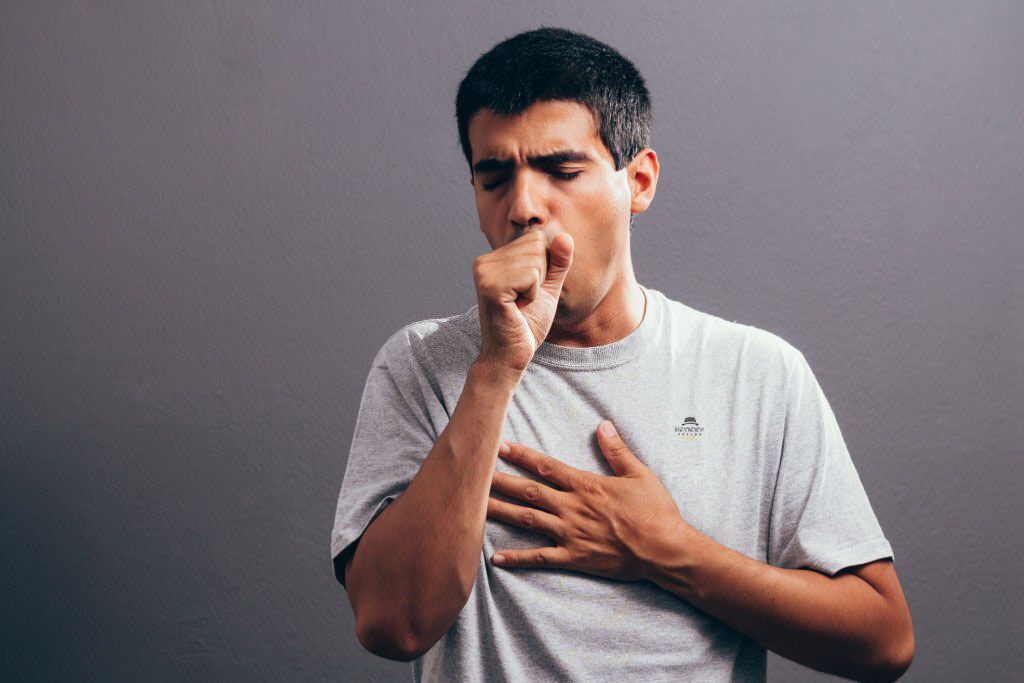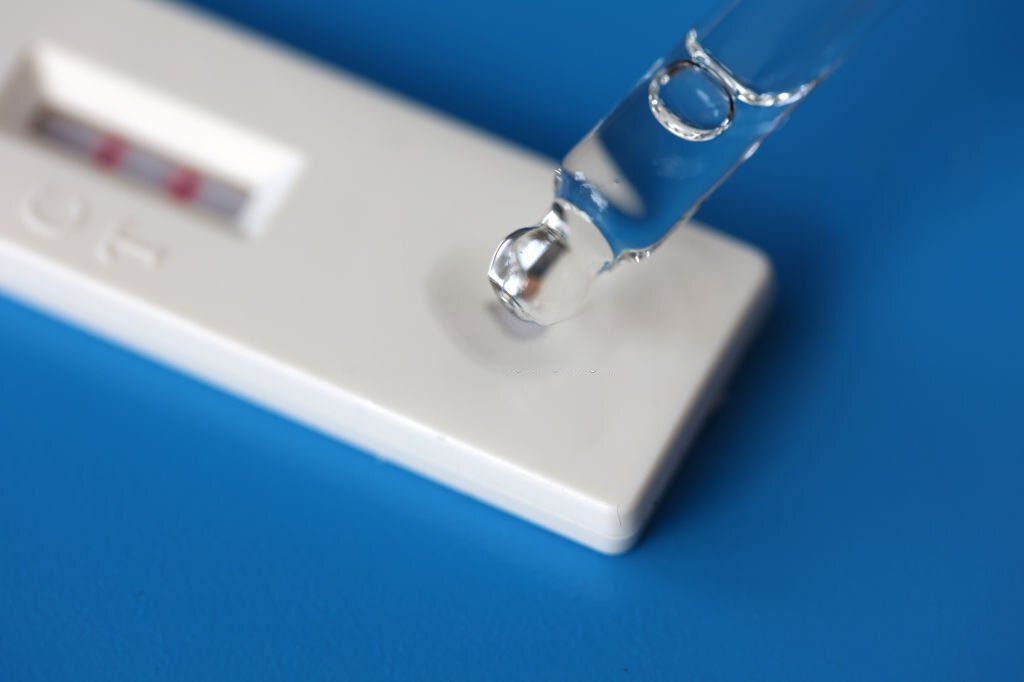This article is reviewed, corrected, and approved by: Julia Weiss CNP| RN | MPH
Parainfluenza, or HPIV, is a viral infection that primarily affects the respiratory system. As a family of viruses, Paramyxoviridae, the parainfluenza viruses are responsible for the disease. Several respiratory illnesses, such as croup, bronchiolitis, and pneumonia, are caused by parainfluenza viruses, and these are commonly classed under parainfluenza symptoms.
What is Parainfluenza?
Parainfluenza is a sort of virus that an infected person coughs or sneezes, parainfluenza can spread through respiratory droplets. It is possible to develop the virus by touching contaminated things and then touching your face. The viruses can also survive on surfaces.
Types of Parainfluenza Virus
The four types of parainfluenza virus can cause respiratory illnesses, such as croup, bronchiolitis, pneumonia, and upper respiratory infections.
The stages of HPIV are
- HPIV-1
- HPIV-2
- HPIV-4 (parainfluenza 3)
- HPIV-4 (parainfluenza 4)
HPIV-2 is usually milder than HPIV-1, while HPIV-4a and HPIV-4b cause mild symptoms and are less common.
Parainfluenza Symptoms

- Fever: Parainfluenza infections often cause a mild-high fever, typically below 101°F (38.3°C). However, in infants and young children, the fever may be higher.
- Runny nose: One of the common symptoms of parainfluenza is a runny or stuffy nose. The nasal discharge is usually clear or slightly colored.
- Cough: Parainfluenza infections can cause a persistent cough. The cough can be dry or productive, producing mucus or phlegm. In some cases, the cough may be accompanied by a wheezing sound, especially in younger children.
- Sore throat: There can be slight discomfort or severe pain in the throat in cases of parainfluenza. The throat may appear red and inflamed.
- Wheezing: Wheezing is a whistling or rattling sound that occurs during breathing due to narrowing or blockage in the airways. It can be a symptom of parainfluenza, particularly in younger children. Wheezing may indicate a more severe respiratory infection and requires medical attention.
- Difficulty breathing: Parainfluenza can make it hard for babies and young kids to breathe because their air passages become inflamed and narrow. If breathing difficulties are present, immediate medical attention should be sought.
- Ear pain: Some individuals, particularly children, may experience ear pain during a parainfluenza infection. This can happen as a result of the virus spreading to the middle ear, leading to inflammation and fluid accumulation.
Individuals may experience different levels of intensity and combinations of symptoms, and not everyone will experience all of the symptoms listed. Parainfluenza symptoms may overlap with other respiratory infections, requiring a thorough medical evaluation for an accurate diagnosis.
Diagnosis of Parainfluenza

Typically, the presence of parainfluenza is determined by assessing clinical symptoms, reviewing medical histories, and conducting laboratory tests. When you go to the doctor, they will ask you questions about how you're feeling and any health problems you've had before.
They will also check your body to see if you have a cough, sore throat, fever, or troubled breathing. This helps them figure out what might be wrong and how to help you feel better.
Paraflu is commonly diagnosed using the following methods:
Laboratory Tests
Lab tests can be conducted to confirm the presence of parainfluenza viruses.
Viral culture
A sample, usually obtained from the respiratory secretions (such as nasal or throat swabs), is collected and cultured in the laboratory to grow and identify the parainfluenza virus.
Polymerase chain reaction (PCR)
By detecting and amplifying the virus' genetic material, this molecular technique allows identification. Even small amounts of viruses can be detected by PCR tests due to their high sensitivity.
Antigen detection
Rapid diagnostic tests, such as immunofluorescence assays or enzyme immunoassays, can detect specific viral antigens in respiratory samples, providing quick results.
Serology
Antibodies produced in response to paraflu infection can be detected through blood tests. Recent or current infection is indicated by a rise in antibody levels between acute and convalescent blood samples.
Differential diagnosis
Since the symptoms of parainfluenza can overlap with other respiratory infections, it is important for healthcare providers to rule out other possible causes. This may involve considering alternative diagnoses, such as influenza, respiratory syncytial virus (RSV) infection, adenovirus infection, or other bacterial or viral respiratory illnesses.
Parainfluenza treatment
The treatment of parainfluenza is primarily focused on relieving symptoms and supporting the body's natural healing process, as there is no specific antiviral medication available to treat para-flu infections. Here are the common approaches to managing parainfluenza:
Rest and hydration
Getting plenty of rest is important to allow the body to recover. Adequate hydration, such as drinking water and clear fluids, helps prevent dehydration and soothes a sore throat.
Over-the-counter medications and supplements
OTC supplementation, such as Z-shield, Z-flu, acetaminophen, and ibuprofen, can help reduce fever, relieve sore throat, and alleviate other discomforts.
Humidifier or steam
Using a humidifier or taking a steamy shower can help relieve congestion, soothe the respiratory passages, and ease breathing.
Symptom-specific treatments
For individuals experiencing croup, cool mist therapy or humidified air may be recommended to reduce airway inflammation. In severe cases, medical intervention, including the administration of corticosteroids or nebulized epinephrine, may be necessary.
Supportive care
Additional supportive measures may include saline nasal sprays or drops to alleviate nasal congestion, throat lozenges or gargles for sore throat relief, and warm compresses or pain-relieving throat sprays.
Prevention of complications
Severe symptoms or high-risk individuals may need hospitalization and support to manage respiratory distress like asthma and prevent secondary infections.
Parainfluenza vs Influenza vs Covid
Here are the difference between parainfluenza vs covid vs influenza
Learn All About Parainfluenza Symptoms!
The Bottom Line
Managing the parainfluenza symptoms can be done from the comfort of one's home with rest, fluids, and over-the-counter medications, as there is no specific treatment available. However, if there is a secondary bacterial infection, a healthcare provider may prescribe antibiotics.


